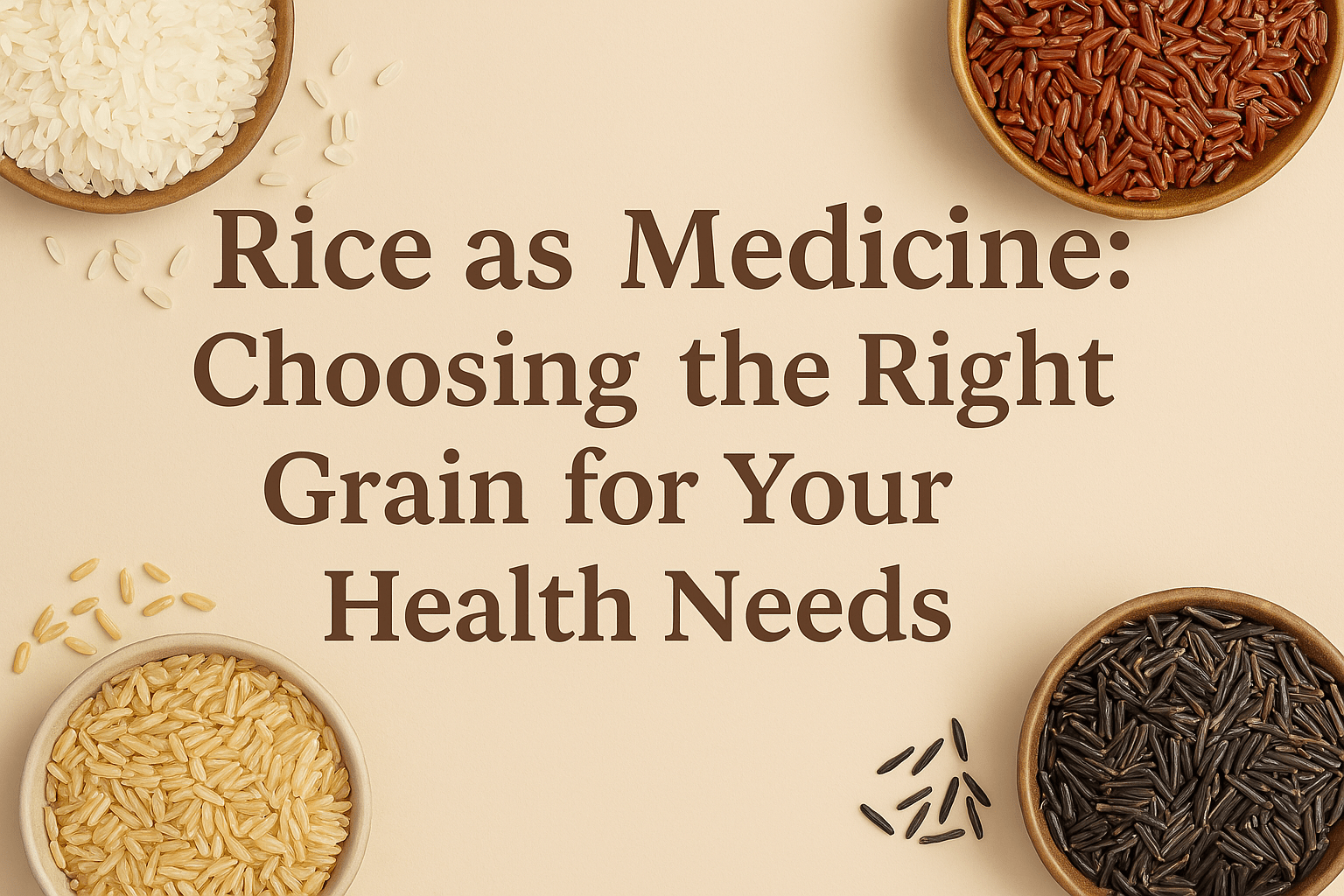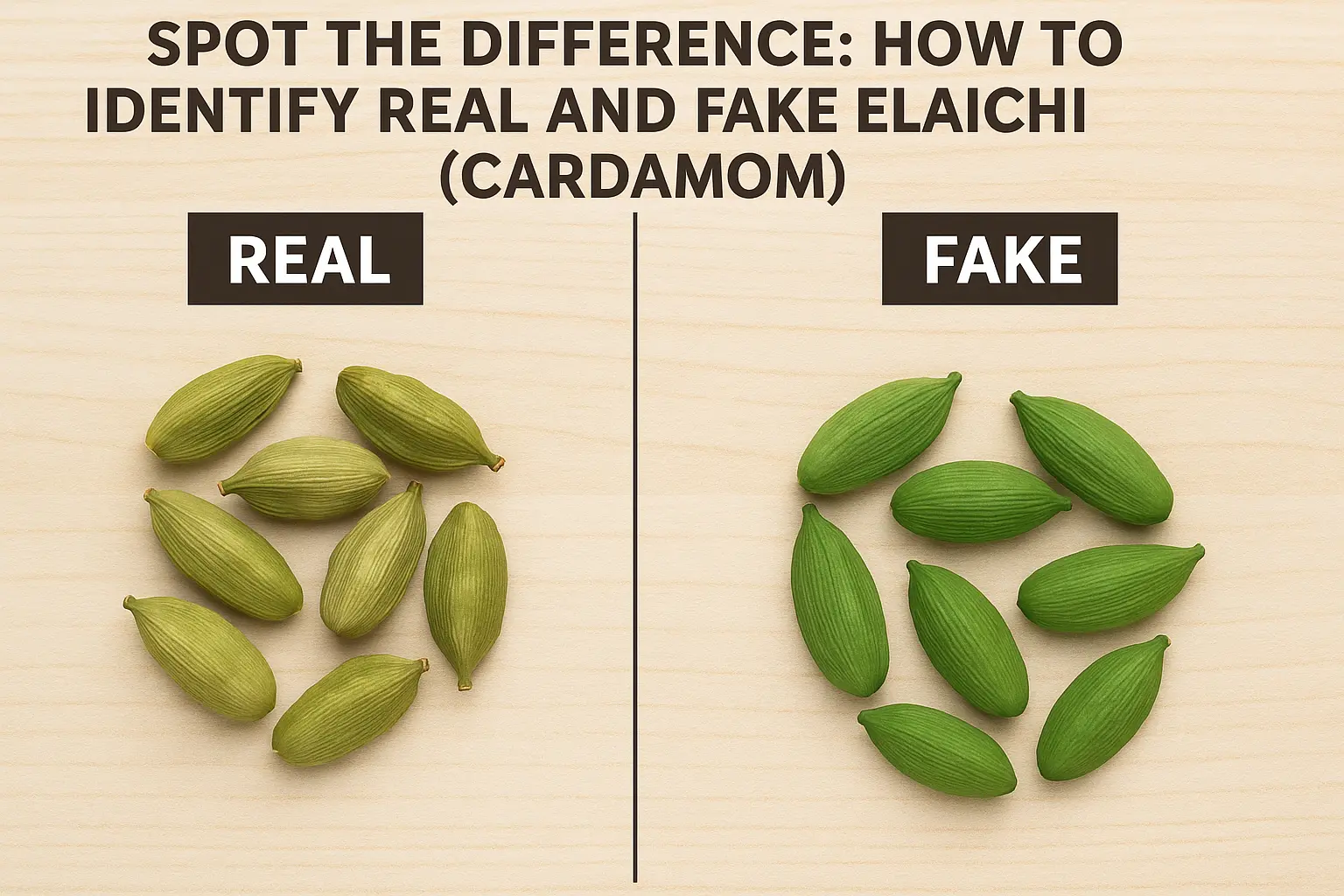Has digital evolution encompassed us in the COVID19 Pandemic? Is digital addiction is more lethal than any other addictions? Dr Kasu Prasad Reddy – Chief Surgeon & Founder of MaxiVision Eye Hospitals, Hyderabad gives us a lowdown…
Digitalisation has swallowed the world much faster than expected. The pandemic further catalysed the walk on the digitalisation journey of people. It is believed that 32% of the Indian population owns a mobile phone and 560 million use the Internet. This makes India the second largest online marketplace, right after China. We should also be accounting for the population that uses Internet on computers, nearly 8 hours a day! The constant staring at screens and the white light glare is causing intense damage to the most important organ of our body, the eyes.
At MaxiVision, we as eye care providers have witnessed a surge in eye issues in the population less than 25 years of age. This is more so for people working in the Information Technology field. As a result of this, we have special departments for computer vision syndrome, to address the vision defects, and related orthopaedic issues because of improper ergonomics. We recommend the special use of ARC Glasses (Anti-reflective coated) glasses for computer users, and teach them proper ergonomics and eye exercises while working long hours in front of computers. What we observed as eye specialists is that users are addicted to their digital devices even when not on their official work duties.

Digital addiction is more lethal than a drug addiction and there are multiple issues related to it. Digital addiction is defined as a primary, chronic disease of brain reward, motivation, memory, and related circuitry. Dysfunction in these circuits leads to characteristic biological, psychological, social, and spiritual manifestations. This is reflected in an individual pathologically pursuing reward and/or relief by substance use and other behaviours. Symptoms of digital addiction such as increased loneliness (also called “phoneliness”), anxiety, and depression were observed in a sample of university undergraduates who completed a survey about smartphone use during and outside of class. Other observations included observations of “I Neck” (poor) posture as well as how multitasking/semi tasking was prevalent in the sample.
Digital addiction is more lethal than a drug addiction and there are multiple issues related to it. Digital addiction is defined as a primary, chronic disease of brain reward, motivation, memory, and related circuitry.
A range of medical issues can result from digital addictions that can affect your health.
- No Sense of Ergonomics
Corona has probably made lot of ‘couch potatoes’ than before. People spending more time on digital platforms or on the television adversely affect their sitting position and sleeping positions. So even if you have to spend more time on your television or computer systems, choose a proper seating position—sit erect, take frequent breaks and do small exercises post these sessions to keep your back pain or neck pain at bay.
- Vision Health
Three devices that are an essential part of our day-to-day lives need to be used well to protect your vision health
- Mobile Phones
All mobile phones and computer screens emit radiation. The radiation level, also called the SAR value (specific absorption rate), is the unit of measurement for the quantity of electromagnetic energy that is absorbed by the body when using a cordless device (mobile, tablet, cordless phone, etc.). The SAR value of a mobile device controls the heat the device generates but does not protect you from the adverse health effects on the human body that are caused by the nature of these radiations. Too much screen time can wreck your eyes. Smart phones, laptops, and other handheld devices all transmit light. Only option is to reduce your screen time.

- Computers & Laptops
Using a laptop exposes you to Electromagnetic Fields (or EMFs), basically radio waves that emanate from electronic devices and create a magnetic field. These can be referred to as “Laptop radiation” (though not technically). The heat radiating from your laptop can actually damage your skin. Researchers say the skin discolouration can be permanent, and in rare cases it can cause damage leading to certain skin cancers. Blocking the heat from your laptop can be equally important for male fertility. The heat produced by laptops is definitely not sperm-friendly. If you want healthy sperm count, keep that laptop heat away!
- Televisions
OLED TVs really are good for your eyes. A 4K display is no more likely to cause eyestrain than a 1080p alternative. In fact, its greater clarity is an asset. Eyestrain can still occur, but if it does it’s because of excessive brightness, improper positioning or other factors, not the resolution.
The surge in use of technological gadgets has made human lives increasingly digital. In fact, according to a recent study, the human attention span has shortened from 12 seconds to 8 seconds in more than a decade due to digital technology.
- Behavioural Issues
There have been certain adverse behavioural conditions in people using excessive digital devices. To elaborate a few,
- People often feel the need to engage with digital devices even if it is inappropriate or dangerous for them to do so. It results in damage to brain systems connecting emotional processing, attention, and decision-making.
- Internet addiction alters the volume of the brain. The brain changes are similar to those produced by alcohol and cocaine addiction. It shrinks the brain’s grey and white matter fibres which results in changes to emotional processing and brain functioning.
- Many people use social media to facilitate communication with friends and family. However, for others, it has further isolated them from human contact. Technology has hindered people’s ability to think. Children addicted to video games may make quick decisions but they have also been unable to control their aggression and impulses.
- The surge in use of technological gadgets has made human lives increasingly digital. In fact, according to a recent study by Microsoft Corporation, the human attention span has shortened from 12 seconds to 8 seconds in more than a decade due to digital technology.
- Effects on Kids
Technology has affected kids adversely. These days, loneliness, depression, anxiety, stress, attention deficit disorders and inability to concentrate and inability to make decisions due to numerous options available online are some of the issues rampant in kids. All the above might cause imbalances in nutritional intake and stunted growth and development.

Conclusion
Overall, while digitalisation has eased our lives in many ways, it has also come with its own set of adverse effects. Unfortunately, these adverse effects have a far-reaching consequence on the essential health of human life and hence effective warning definitely needs to be sounded off to concerned sections of the society and the population at large. Eyes they say are the windows to your soul, so we ought to protect them. Safeguard your eyes, Safeguard your body!





























